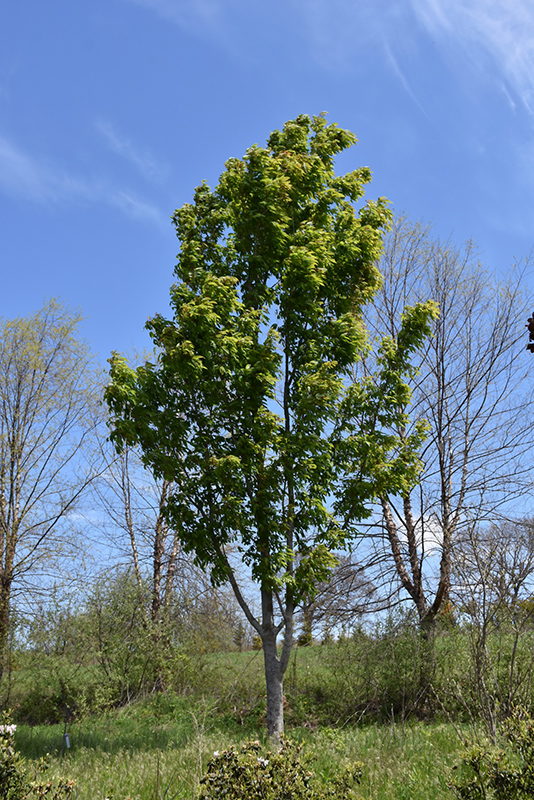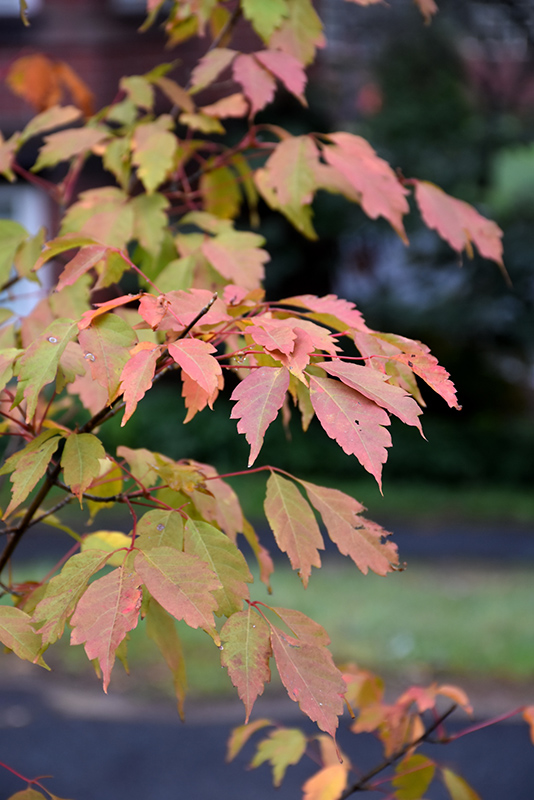|
|
|
| home | about us | loyalty program | products | directions | warranty | garden splendor ® | plant collector | landscaping | |
| Plant Finder | |
|
Height: 40 feet Spread: 30 feet
Sunlight:
Hardiness Zone: 4a Description: Splendid, slender accent maple; early fall color from rosy-red to orange-hued; dark green leaves contrast with red petioles throughout the season; a magnet for birds and butterflies; prune in mid-summer when growth has slowed to reduce sap run Ornamental Features Manchurian Maple is primarily valued in the landscape for its ornamental upright and spreading habit of growth. It is covered in stunning corymbs of yellow flowers along the branches in early spring. It has forest green deciduous foliage. The large serrated compound leaves turn outstanding shades of orange, rose and red in the fall. Landscape Attributes Manchurian Maple is a deciduous tree with an upright spreading habit of growth. Its average texture blends into the landscape, but can be balanced by one or two finer or coarser trees or shrubs for an effective composition. This is a relatively low maintenance tree, and should only be pruned in summer after the leaves have fully developed, as it may 'bleed' sap if pruned in late winter or early spring. It has no significant negative characteristics. Manchurian Maple is recommended for the following landscape applications;
Planting & Growing Manchurian Maple will grow to be about 40 feet tall at maturity, with a spread of 30 feet. It has a high canopy with a typical clearance of 5 feet from the ground, and should not be planted underneath power lines. It grows at a medium rate, and under ideal conditions can be expected to live for 80 years or more. This tree should only be grown in full sunlight. It prefers to grow in average to moist conditions, and shouldn't be allowed to dry out. It is not particular as to soil type or pH. It is somewhat tolerant of urban pollution. This species is not originally from North America. Characteristics
Applications
Features & Attributes
|
|

